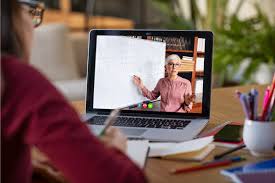
Video-based learning is an educational system where video becomes the primary means of teaching and delivering content to learners. This approach leverages the power of visual and auditory learning cues to enhance the educational process, offering a rich and dynamic way to present information that can cater to various learning styles.
The key aspects of video-based learning involve the use of recorded video content such as lectures, demonstrations, or tutorials, which students can watch at their own pace and convenience. This flexibility not only supports self-paced learning but also allows for content to be paused, replayed, or skipped according to the learner’s need for repetition or clarification.
Moreover, video-based learning can be particularly effective due to its ability to show real-life applications of concepts, provide visual examples, and demonstrate processes in action. As such, it is widely used not only in academic settings but also in professional development and corporate training scenarios.
With the advent of technology and easy access to the internet, video-based learning has expanded rapidly. Educational platforms like Khan Academy, Coursera, and Edx utilize video lectures extensively. YouTube is also a significant player with countless educational channels covering nearly every imaginable topic.
Additionally, video-based learning promotes engagement through interactive elements such as quizzes, practice exercises, and even interactive discussions integrated with the video content. This interactivity helps in reinforcing the material covered in the videos and provides immediate feedback to learners.
In conclusion, video-based learning represents a fundamental shift from traditional text-based instruction to a multimedia-driven approach that aligns with the digital age preferences. It offers accessibility, personalization, and a more engaging way of knowledge acquisition, which can lead to higher retention rates and better educational outcomes.
